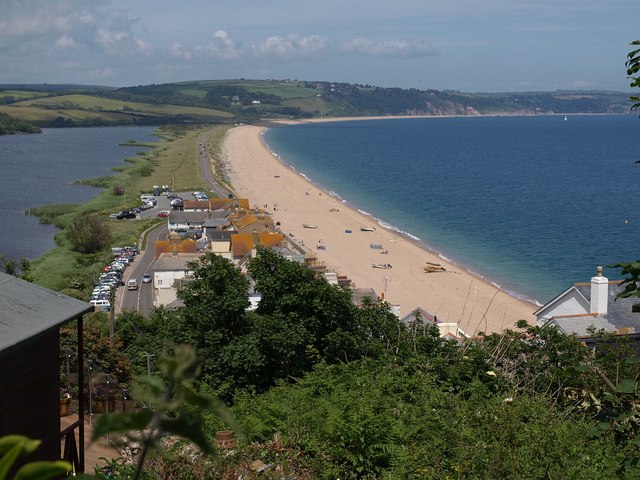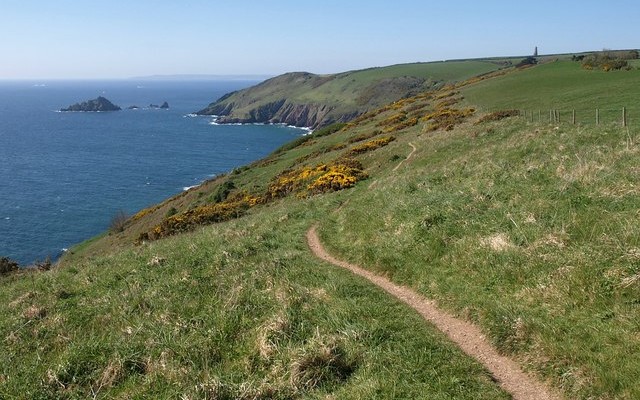Interesting information
A more dramatic example of the power of the sea is demonstrated some way to the south, at Hallsands. This fishing village was once protected by a pebble ridge. However, offshore banks focussed wave energy at this point and this, perhaps combined with intertidal dredging to acquire materials for the construction of naval dockyards near Plymouth in the late 19th century, led to large scale erosion. In particular, a series of storms in 1917 had a devastating effect and by the end of September that year only one house remained habitable.
The ridge and lagoons at Slapton Ley are of national importance for their wildlife, including important communities of plants, breeding and migrating birds.
Slapton Ley is an Area of Outstanding Natural Beauty, Site of Special Scientific Interest and National Nature Reserve.

